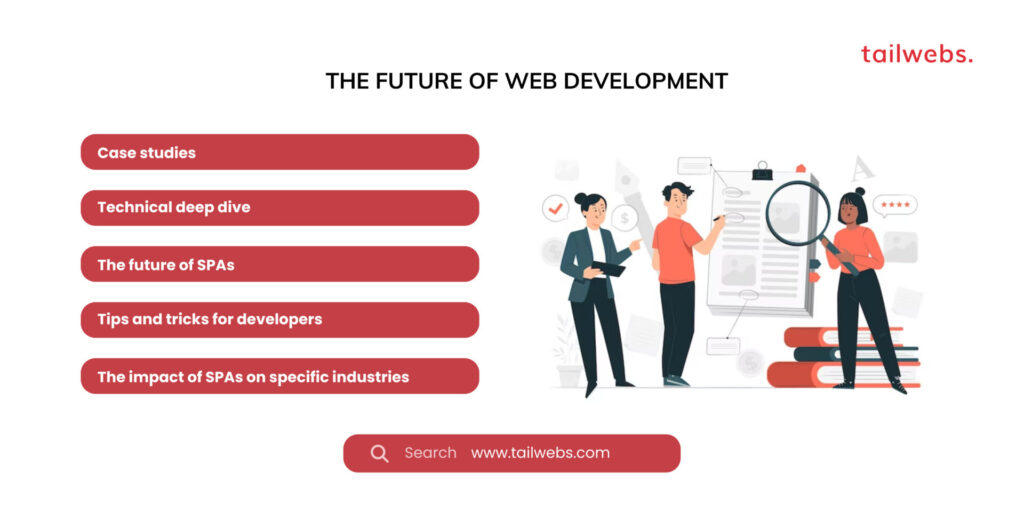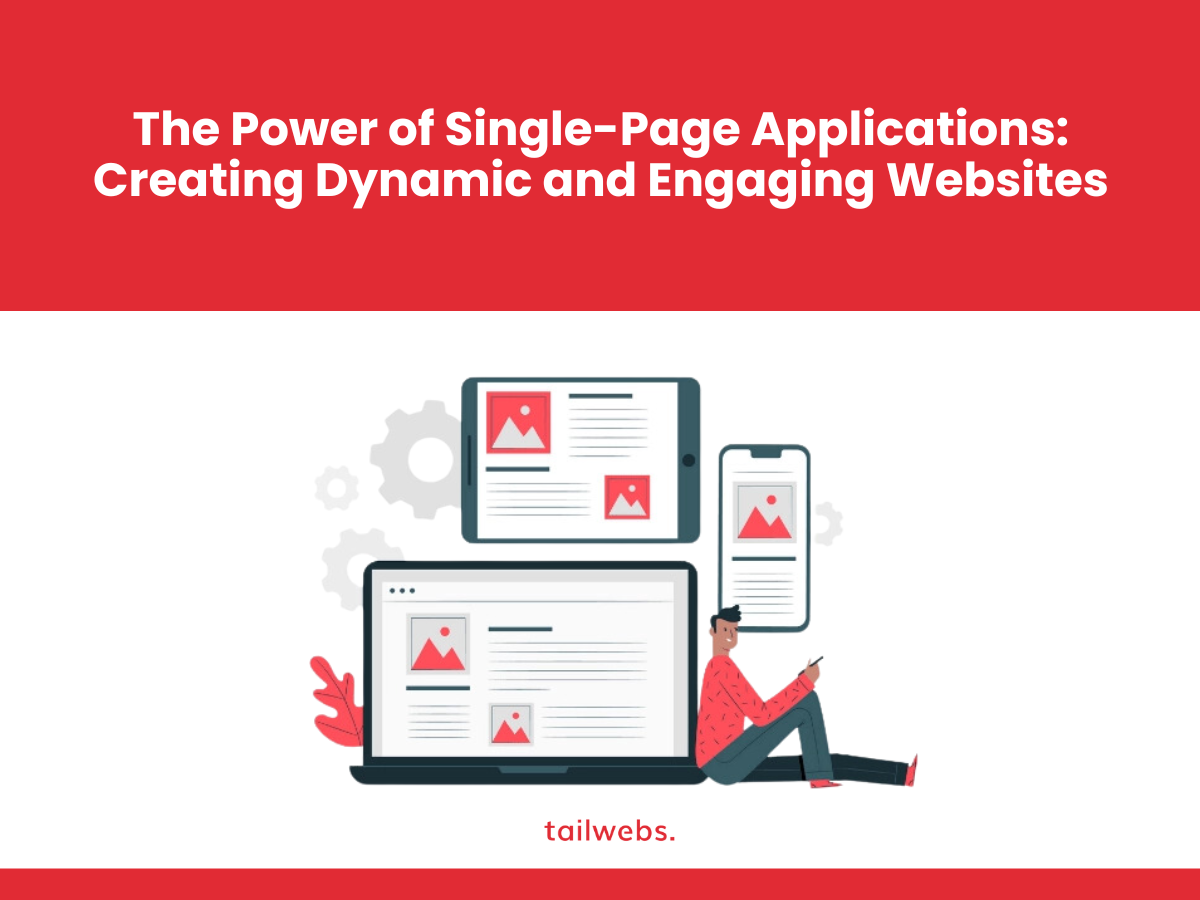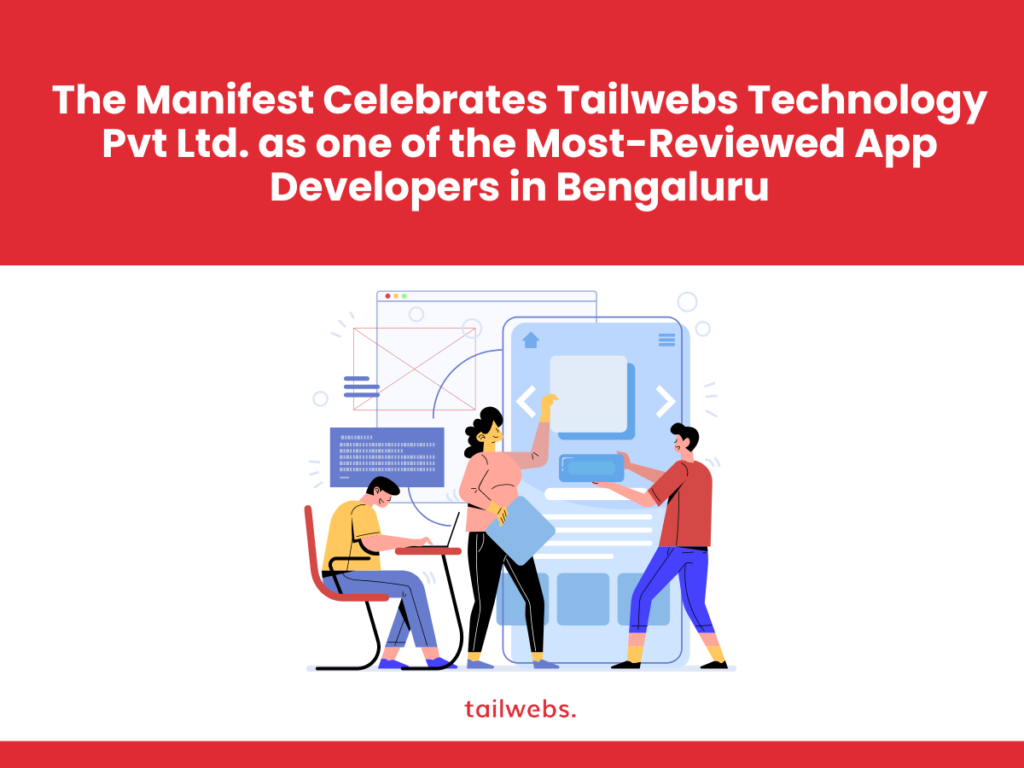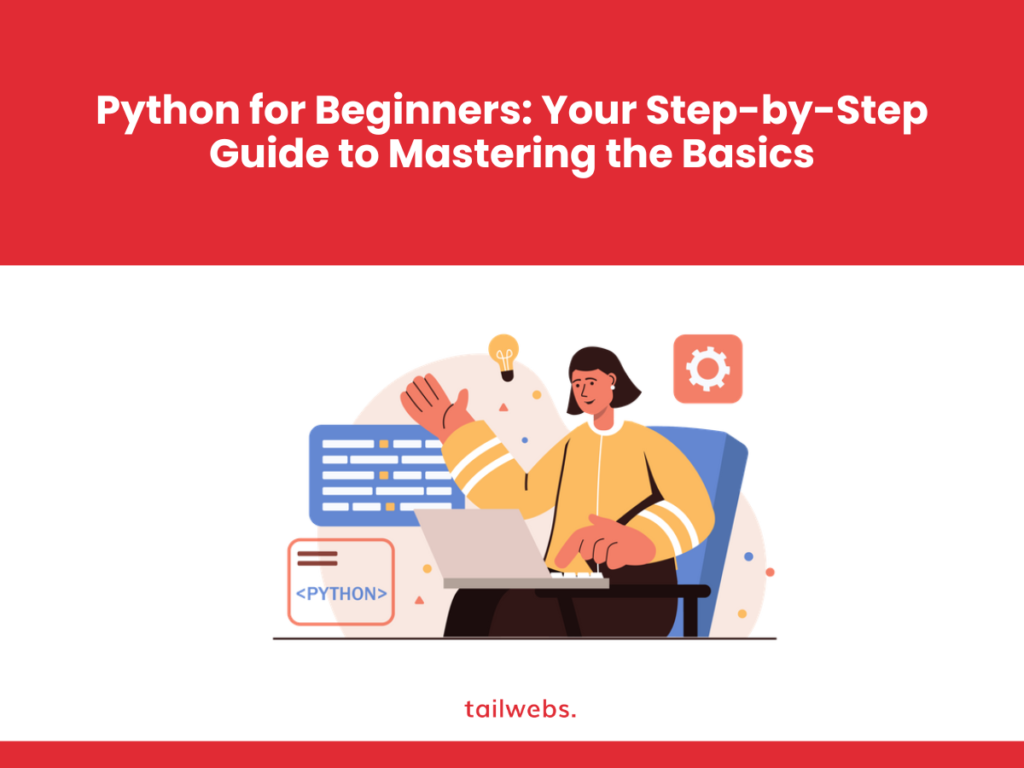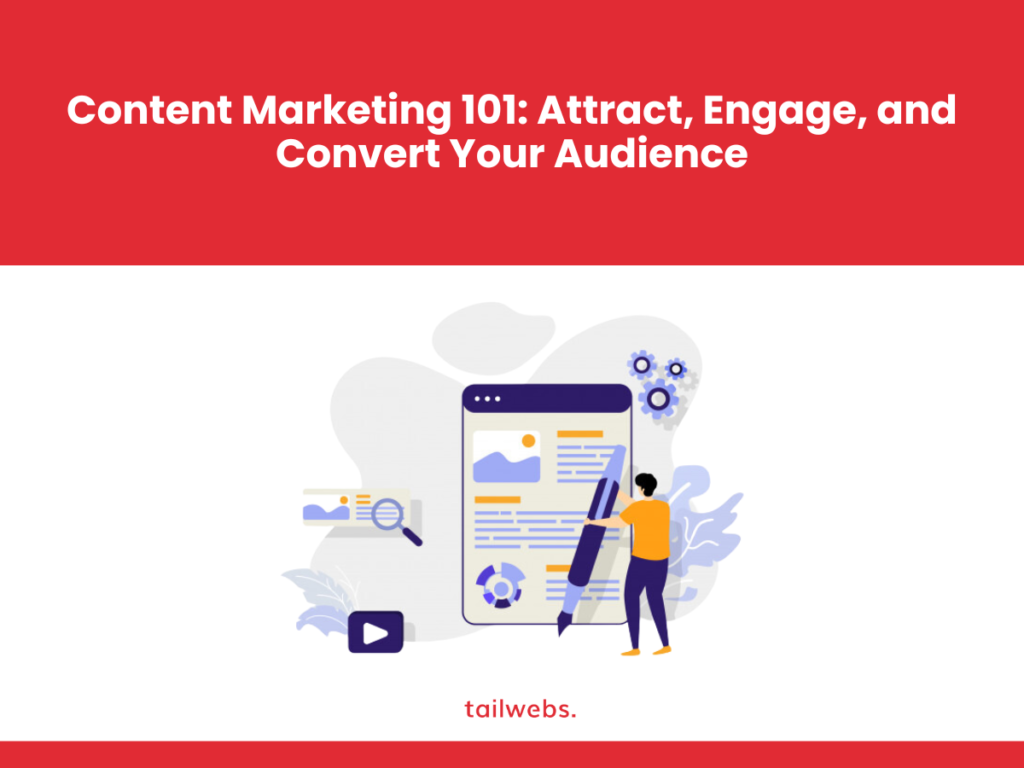In the age of instant gratification, static websites simply don’t cut it anymore. Users crave interactive, responsive, and dynamic experiences that feel more like native apps than clunky web pages. This is where the magic of Single-Page Applications (SPAs) comes in.
What are SPAs (Single-Page Applications)?
Imagine a website that feels like a seamless, fluid application. You click a button, and the content updates instantly, without the jarring interruption of a full page reload. That’s the power of SPAs. Built with JavaScript frameworks like React, Angular, or Vue.js, SPAs dynamically load and update content on the fly, creating a smoother, faster, and more engaging user experience.
Why should you care about SPAs?
The statistics speak for themselves:
- 73% of mobile users say that a website’s loading speed influences their purchase decision.
- SPAs can reduce page load times by up to 70%.
- Users are 39% more likely to return to a website that has a fast loading time.
Beyond speed, SPAs offer a plethora of benefits that traditional websites simply can’t match:
Enhanced User Engagement:
SPAs feel more like native apps, with features like real-time updates, push notifications, and offline functionality. This keeps users hooked and coming back for more.
Improved SEO:
Google loves fast-loading websites, and SPAs often rank higher in search results.
Reduced Server Load:
By only fetching the data needed, SPAs put less strain on your servers, leading to lower costs and improved scalability.
Simplified Development and Maintenance:
Many SPA frameworks offer reusable components and libraries, making development faster and easier to maintain.
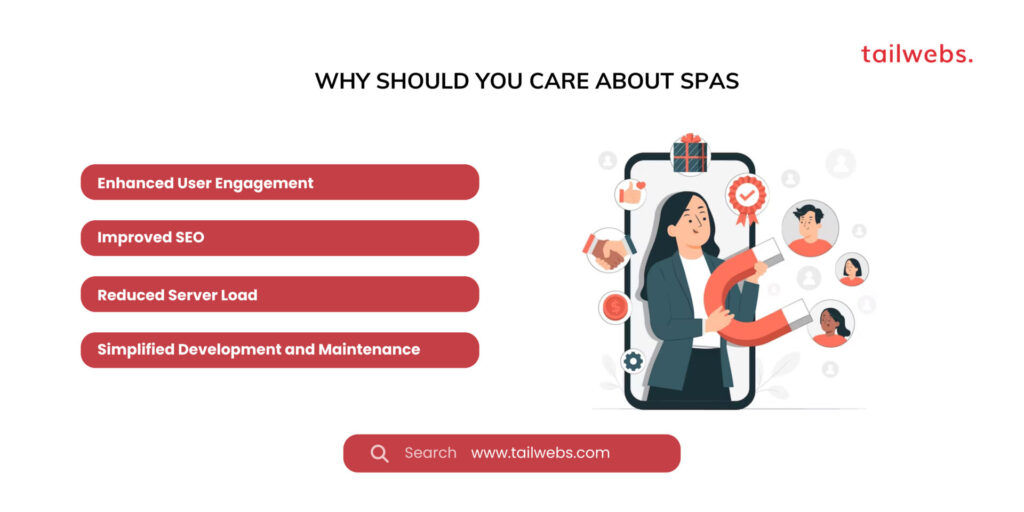
Real-World Examples of SPA Power:
Some of the biggest and most successful websites leverage the power of SPAs:
Gmail:
A prime example of a seamlessly dynamic experience, Gmail updates emails and conversations in real-time without ever needing to refresh the page.
Facebook:
With endless scrolling, instant updates, and notifications, Facebook keeps users engaged through its SPA architecture.
Netflix:
Binge-watch your favourite shows without buffering or long loading times, thanks to Netflix’s SPA technology.
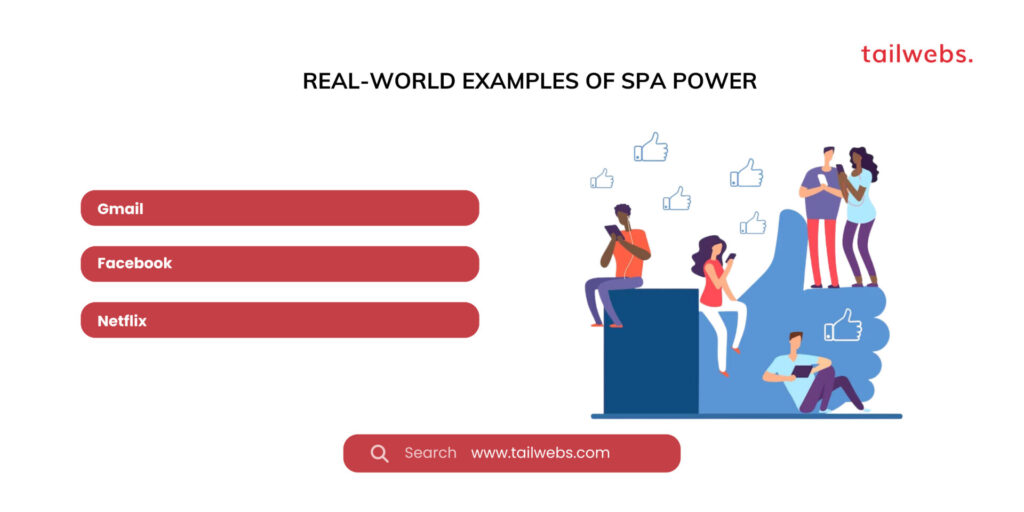
Building Your Own SPA:
Ready to harness the power of SPAs for your own website? Here are some key steps:
Choose the right framework:
React, Angular and Vue.js are popular options, each with its own strengths and weaknesses. Consider your project’s needs and developer expertise when making your choice.
Design for user experience:
Focus on creating a fluid and intuitive experience that guides users seamlessly through your website’s functionalities.
Optimise for performance:
Pay close attention to code efficiency and data fetching to ensure a fast and responsive experience.
Test and iterate:
Regularly test your SPA across different devices and browsers to ensure a consistent and bug-free experience for all users.
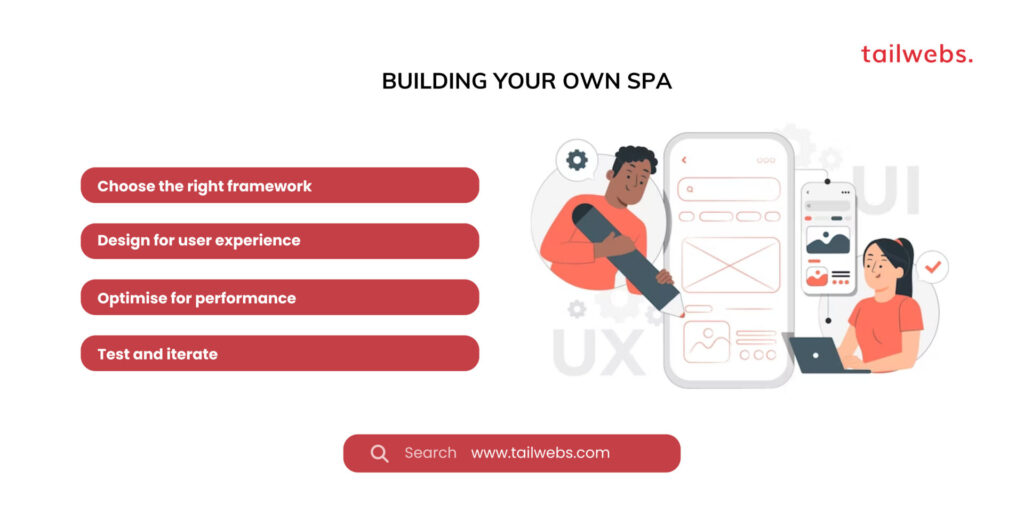
SEO Optimization for SPAs:
While SPAs offer inherent SEO benefits like faster loading times, there are specific steps you can take to further optimise your website for search engines:
Use descriptive URLs and meta tags:
Ensure your URLs accurately reflect the content of each page and include relevant keywords in your meta tags.
Pre-render your content:
This creates static HTML versions of your SPA pages that search engines can easily crawl and index.
Submit your sitemap:
Provide search engines with a roadmap of your website’s structure, including any dynamic content.
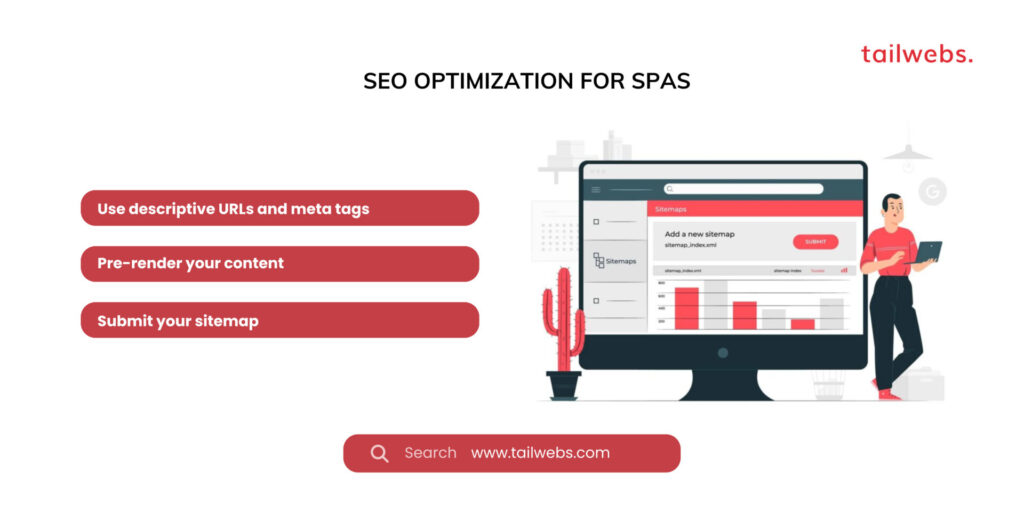
The Future of Web Development:
As user expectations continue to rise, SPAs are poised to become the dominant force in web development. Their ability to deliver unparalleled speed, engagement, and interactivity makes them the perfect solution for creating websites that stand out from the crowd. If you’re looking to future-proof your website and deliver an exceptional user experience, embracing the power of SPAs is the way to go.
Remember, the key to SPA success lies in:
- Choosing the right tools and frameworks.
- Prioritising user experience and performance.
- Optimising for search engines.
By following these guidelines, you can unlock the full potential of SPAs and create dynamic and engaging websites that captivate your audience and drive results.
Case studies:
Delve deeper into the success stories of specific SPA-powered websites, analysing their approach and results.
Technical deep dive:
Explore specific challenges and solutions related to SPA development, like routing, state management, and offline functionality.
The future of SPAs:
Discuss emerging trends and technologies that are shaping the future of SPA development, like progressive web apps, server-side rendering, and hybrid approaches.
Tips and tricks for developers:
Share practical advice and best practices for building performance and user-friendly SPAs.
The impact of SPAs on specific industries:
Examine how SPAs are transforming specific industries, such as e-commerce, social media, and education.
